Life is Strange: Double Exposure's ending hints at the "future plan" Deck Nine has in store, but where will that lead us?
Interview | Max is back, but where will the Life is Strange series go next?
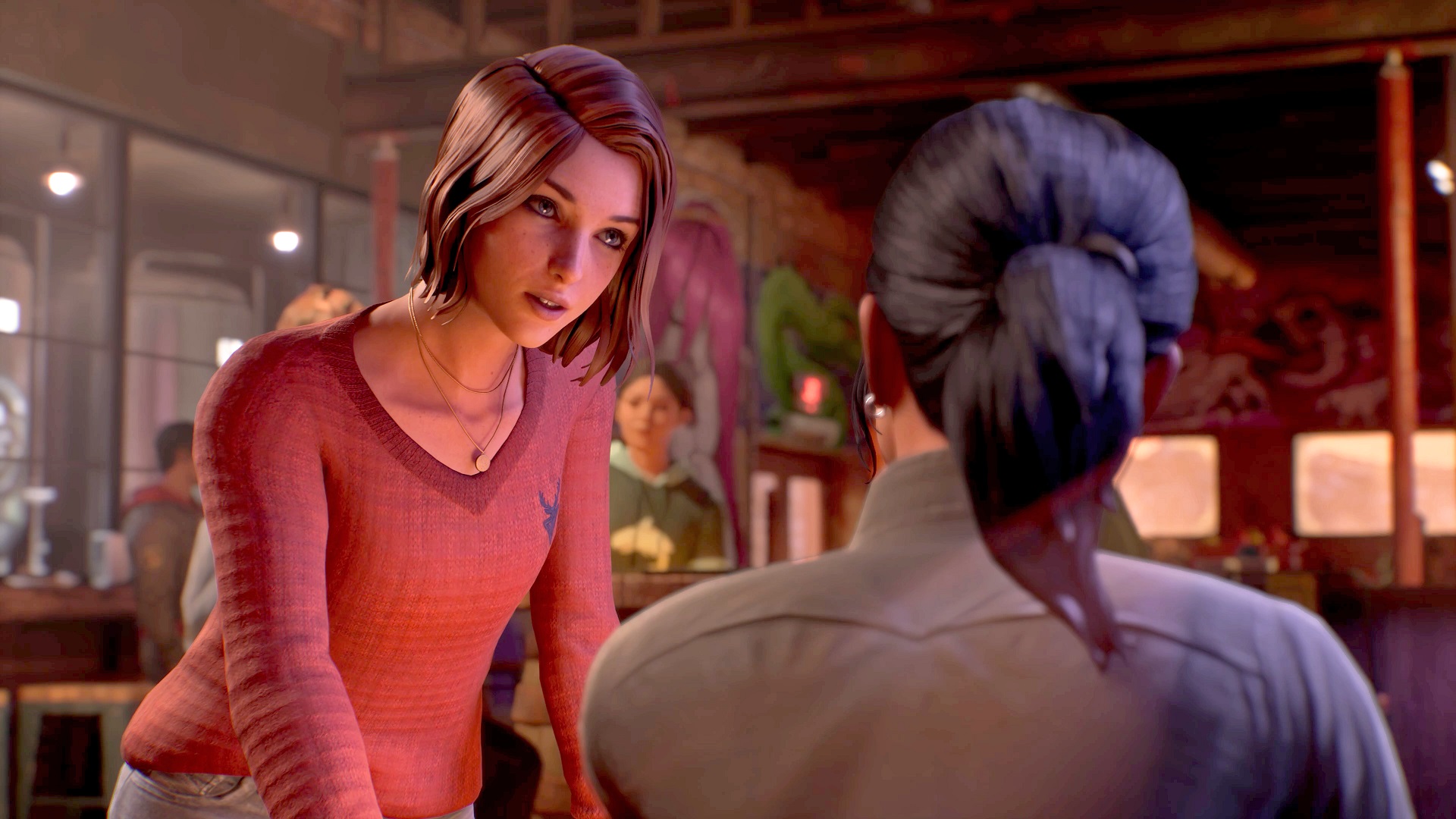
Warning: This feature explores the ending of Life is Strange Double Exposure, major spoilers ahead.
As the credits roll on Life is Strange: Double Exposure, my initial reaction to the ending was, "there has to be more, right?". After a major twist, the final chapter leads to a conclusion that leaves everything wide open. While you get to the bottom of the mystery surrounding Safi's murder and discover Max's close friend has a unique power of her own, it still feels like it's unresolved. We don't as such get a pay-off for all of the choices we've made, because in many ways, the story hasn't really ended – and it's what it might suggest about the future of the series that intrigues me most. A post-credits scene confirms "Max will return", before showing university student Diamond trying to blot a nosebleed – a telltale sign hinting that she too may have powers.
Double Exposure's story hinges on a murder mystery, but much of it revolves around Max trying to deal with her past and the consequences of having a power that influenced the fate of Arcadia Bay. This is reflected in her avoidance of using the supernatural ability she had as teenager to Rewind time, and how it evolves into the Shift power that lets Max move between two parallel timelines. The latest Life is Strange entry's exploration of the nature of what it means to have a power is what spoke to me the most, but the ending left me two major questions: if there's more to come for Max and the series, what will that actually look like? And now that Max isn't alone in her powers, how will that shape what happens next?
Turn and face the strange
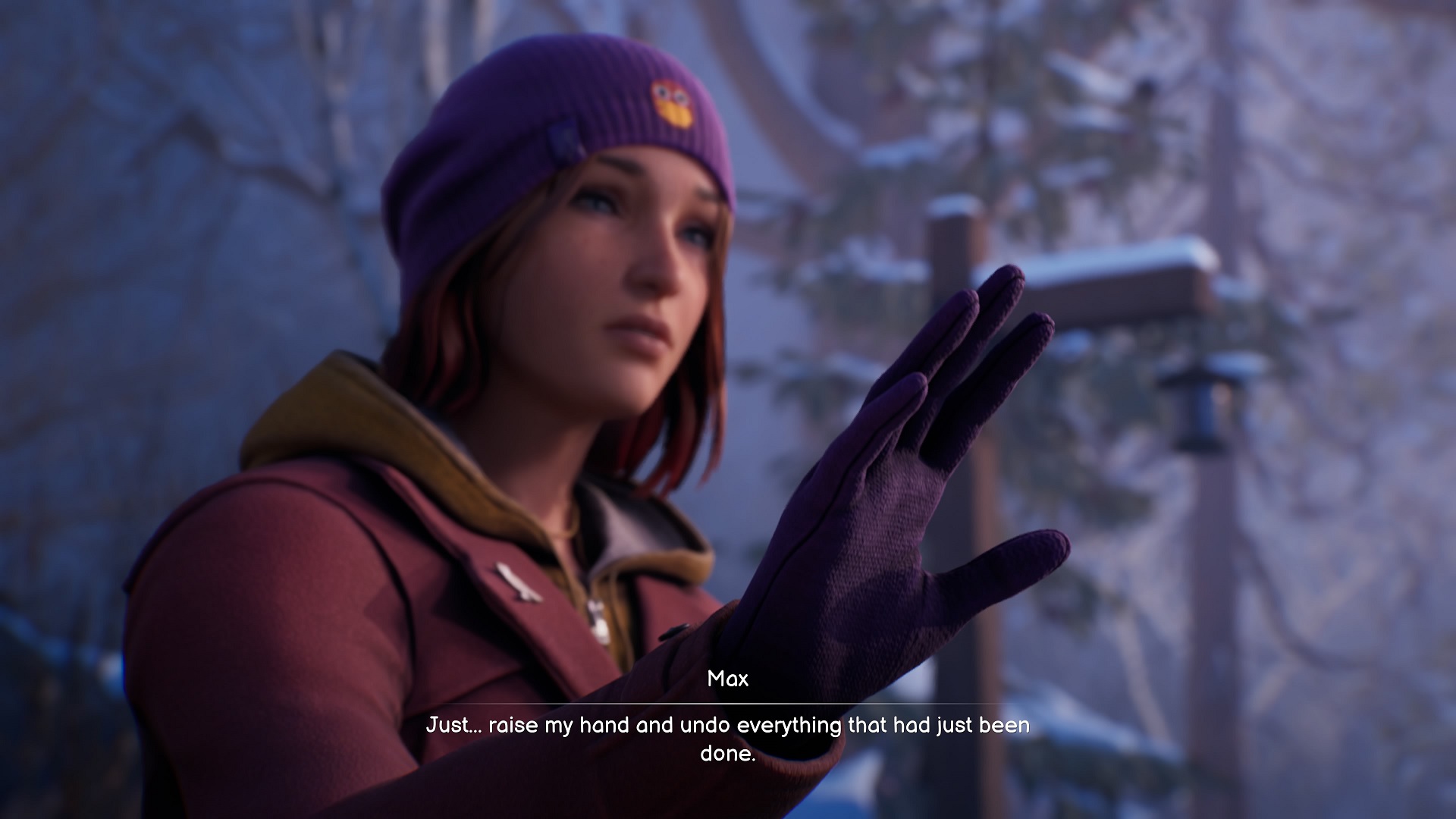
In past Life is Strange games, it always seemed that the protagonist was the only one within the story that had a power. The supernatural not only fed into the narrative, but it also often worked as a mechanic to navigate the story – whether it be making choices or solving puzzle-like scenarios to progress. Being able to Rewind put a greater emphasis on choices, with the original Life is Strange giving you the opportunity to change your decisions before you truly commit to it. In a sense, this power also altered the trajectory of the timeline Max was in, which makes her new Shift power not a million miles away from her previous ability that awakened within her at Blackwell Academy.
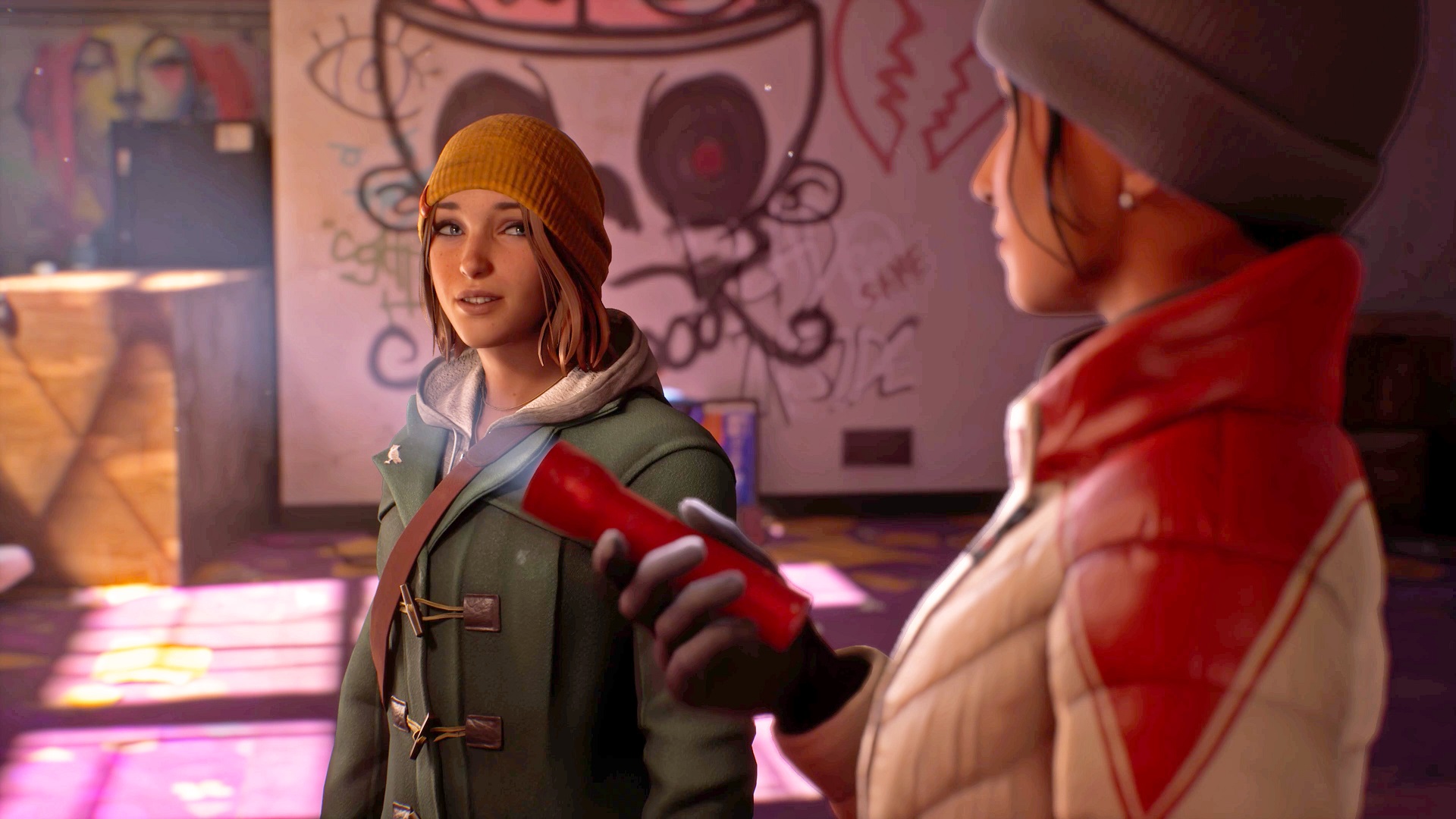
Life is Strange Double Exposure review: "Feels like it's laying the groundwork for something bigger"
Of course, since all of the games are set in the same universe, it's always been understood that certain people in the world come into a paranormal power and it's not just one isolated incident. From Daniel Diaz using Telekinesis to Alex Chen channeling an empathy-driven ability, every power so far has been different, syncing up to the character and the circumstances they find themselves in. The biggest difference in Life is Strange Double Exposure is that two characters in the same story have powers, with Max discovering that Safi can shapeshift. It's the biggest twist of the story, and they even find out about one another's abilities which leads to the final choice in the game.
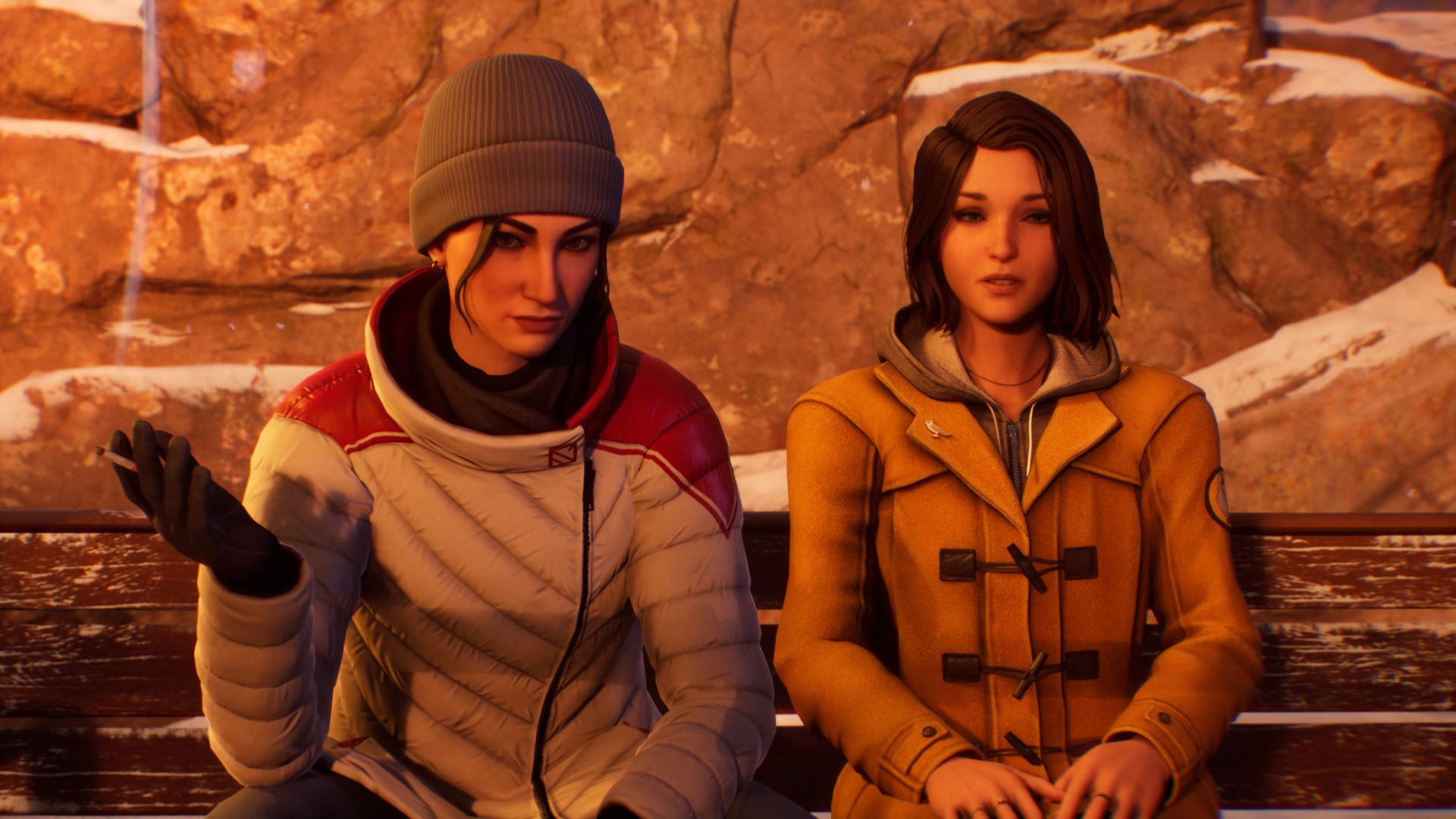
"Super powers are essentially a metaphor for power anyway, in the world"
Felice Quan, narrative director
You have to decide whether or not you'll support Safi and her power as she sets out to find out more about her powers and go in search of answers - at least, that's my own read of it. In the end credits scene, Safi notices Diamond's nose bleed and remarks that she knows what that's a sign of – given that Max has them when she overexerts her power, or tries to see if she can still Rewind. Safi then asks Diamond to join her if she wants answers, potentially hinting that they'll go out to find more characters with powers, which could lead the next story to some intriguing places. The tail end of the story and the final choice again alludes to the consequences of misusing your power, which is an ongoing theme – throughout, we see how Safi has uses her ability to shapeshift into the staff members and students of Caledon University to influence events; with some serious consequences for some of the people we meet as Max.
It seems to me that the next entry may well go all in on exploring powers – whether that be how people come to have them, looking at the dangers of actually having powers, or examining what it really means to have one for characters like Max and Safi. Both characters have different perspectives on their abilities and they way they can influence people. While Max is reluctant to use them, Safi sees them as a tool to get through the hardships of life. When speaking with GamesRadar+ about the ending, narrative director Felice Quan highlighted how important having a power is to Safi.
Sign up to the GamesRadar+ Newsletter
Weekly digests, tales from the communities you love, and more
"The core tenet that the powers must illuminate some emotional facet of real life will always be true for us, and is absolutely critical. I think it is true that Double Exposure has Max being more overt and explicit about superpowered-ness than ever before, which I do think is a really important part of her healing," Quan says. "But nonetheless, even in that context, super powers are essentially a metaphor for power anyway, in the world, and I think it's quite deliberate that somebody like Chloe after the storm might represent to Max a way to reject the powers. And for Safi, the powers are absolutely indispensable as a tool to survive the world. So that's very interesting to us, and I think that anything in the future would remain as emotionally grounded as we can manage."
Time may change me
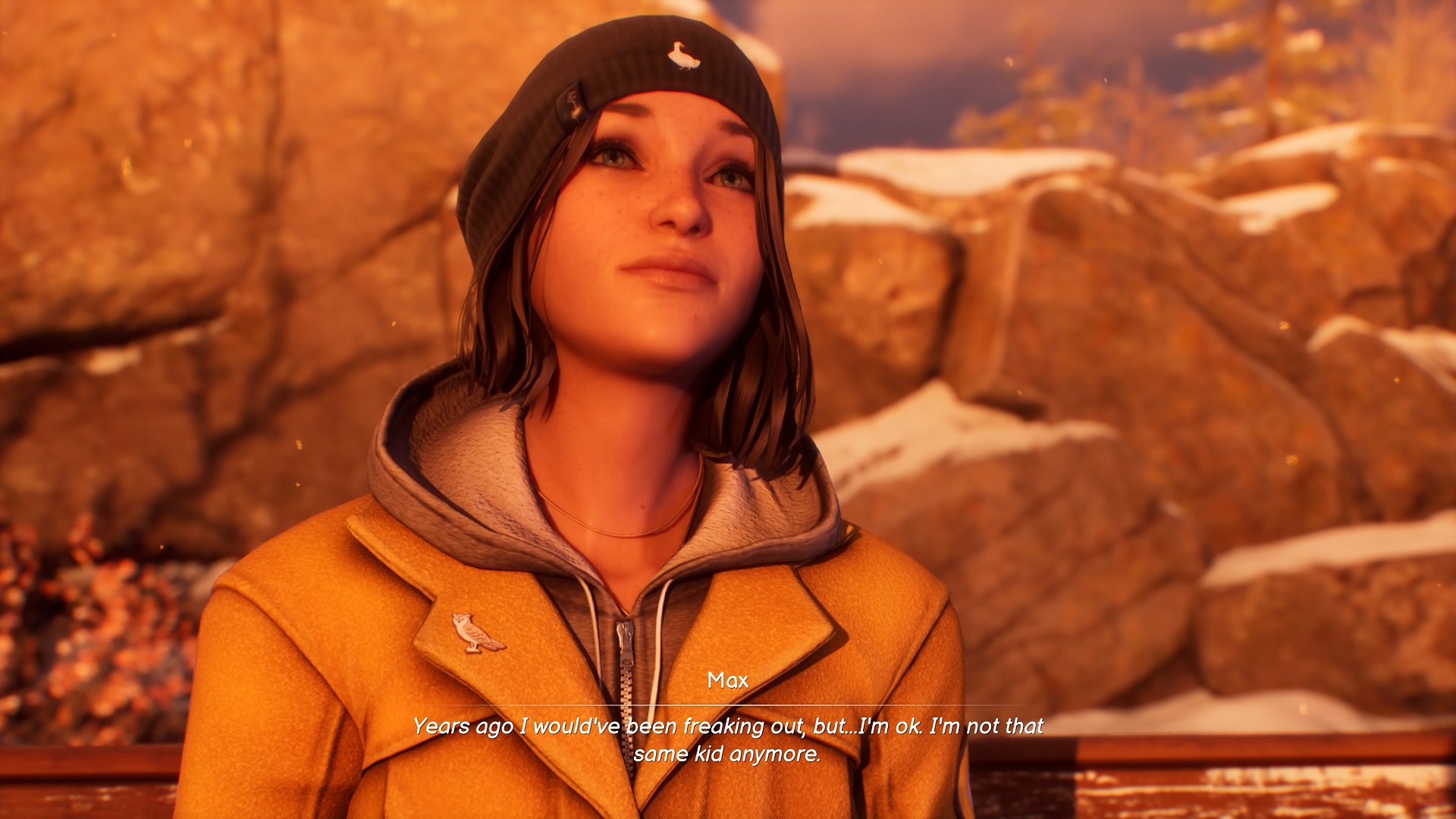
"We have a future plan"
Jonathan Stauder, creative director
Personally, I don't necessarily want to know why certain people have powers, but I do like the idea that Double Exposure may be laying the foundations for a deeper exploration of what it means to have power in the future – both in the literal and metaphorical sense, as Quan highlights. Having the power to affect change can be both a bad and good thing, and how we choose to influence others raises moral questions about right and wrong. If you can shapeshift like Safi, for instance, you can really mess with people's lives and cause a lot of harm to others, which can be seen in some examples throughout the story. On the other hand, Max's timeline ability allows her to try and prevent a tragedy and you can also help others along the way, but as she says time and again, there's always a price to pay when you use your power.
With Max affirming that she's no longer running away from her past and will remain at Caledon to see what happens next as Safi departs, I do wonder what's next for Caulfield. Will that final choice to offer support or not will factor into what comes next? And how will Max's past be reflected going forward? Life is Strange: Double Exposure's ending may have left me with more questions than answers, but I can't help but be curious about where Deck Nine will take the series next.
"I think it's important that for what anyone thinks about certain creative calls that got made for Double Exposure, they are all with intent that we thought long and hard about, and [we've] done our best to basically plant seeds," creative director Jonathan Stauder says of what's to come. "And so, yeah, that at the end is just to say that we have a future plan. I don't know that there's a whole lot more to say than this is all heading somewhere – should folks want more after Double Exposure."
Looking for something to play after Double Exposure? Check out our pick of the best games like Life is Strange.
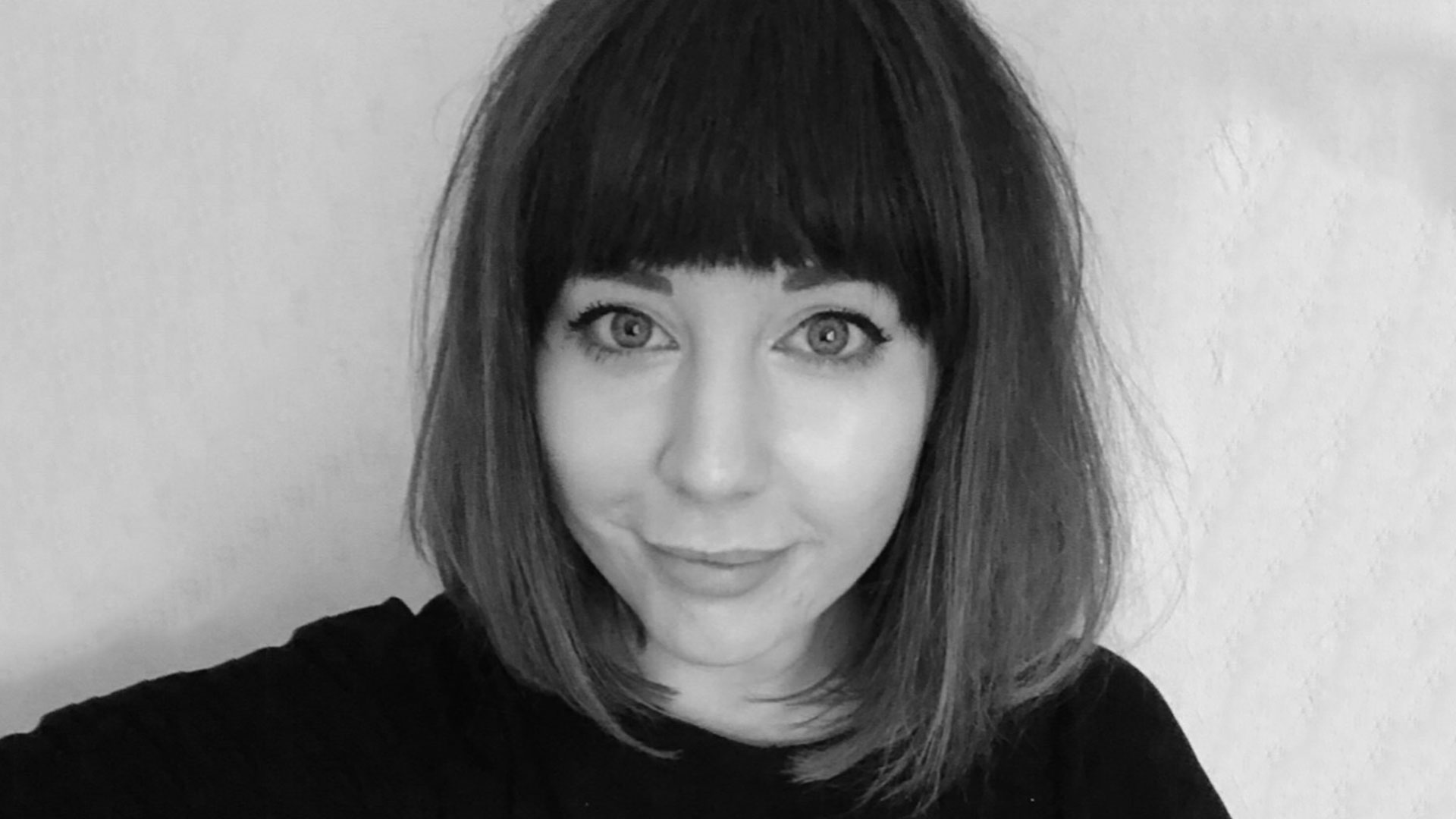
I started out writing for the games section of a student-run website as an undergrad, and continued to write about games in my free time during retail and temp jobs for a number of years. Eventually, I earned an MA in magazine journalism at Cardiff University, and soon after got my first official role in the industry as a content editor for Stuff magazine. After writing about all things tech and games-related, I then did a brief stint as a freelancer before I landed my role as a staff writer here at GamesRadar+. Now I get to write features, previews, and reviews, and when I'm not doing that, you can usually find me lost in any one of the Dragon Age or Mass Effect games, tucking into another delightful indie, or drinking far too much tea for my own good.


